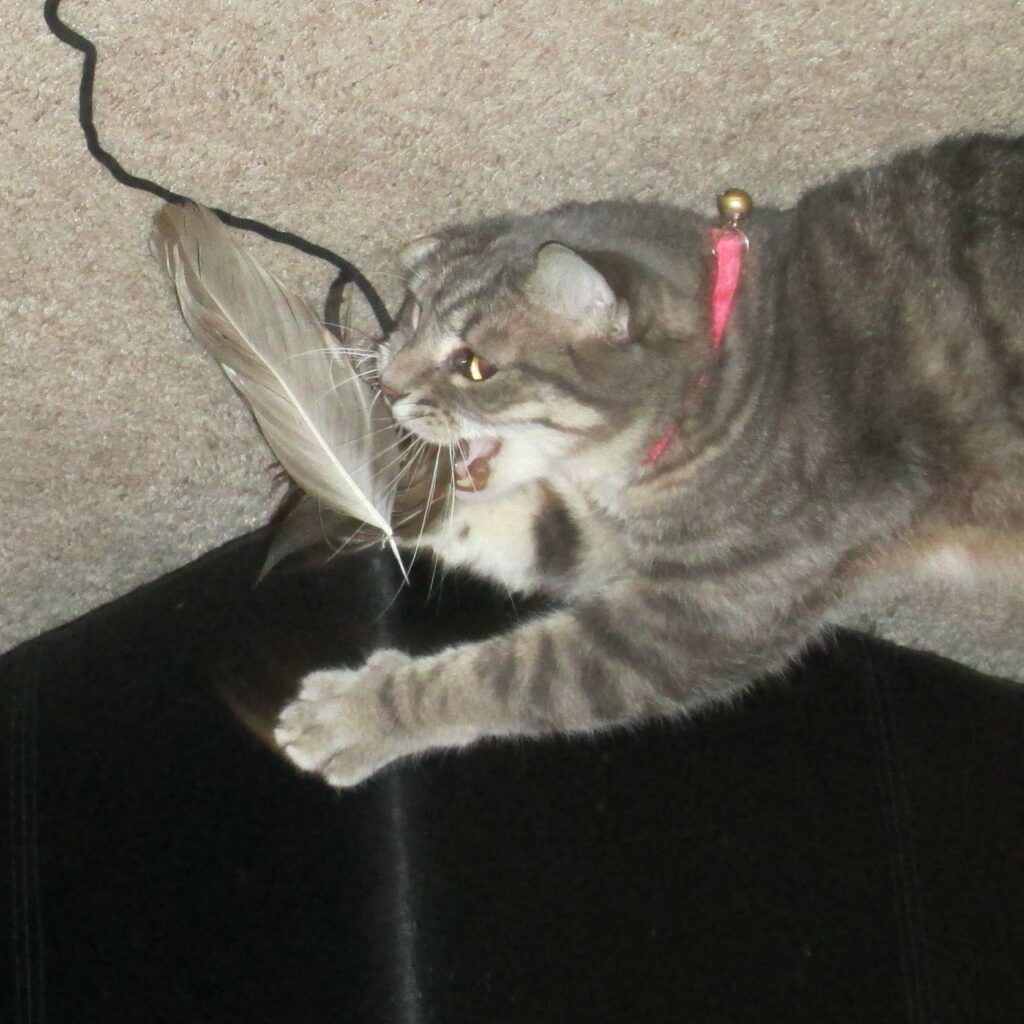
Ernest Hemingway was a famous minimalist in his writing—he knew that clean sentences convey info, action and emotions to readers.
Writing Tip for Today: Here are some tips for writing clean sentences:
Need to Know
Every sentence you write must communicate some kind of information. Whether you’re describing, showing action or developing your characters, you want readers to cleanly and clearly understand your intent. The more words you add to any of these aims, the higher the probability for confusion or disengagement.
But wait, aren’t we supposed to be specific in our writing? If we can’t use a lot of modifiers, how can we be particular? Look over your work and circle every modifier. Go back and flag each vague modifier: words such as big, small, very, many, some. Can you replace with a more targeted word?
Next, look at your prepositional phrases. We often tack on needless prepositional phrases where readers can assume the information. EX: He put his hat on his head. On his head is safely assumed unless you have a reason for the hat going on a hat tree or maybe, um, his foot. Take the plunge and just write, “He put on his hat.”
Follow the Action
When you write actions (aka scenes), readers need to imagine that action in a clear and linear way. By adding unnecessary words to actions, you risk confusing or disengaging your readers. For instance, if you establish at the beginning of your scene that the character is in a house, it’s unnecessary to keep reminding them that they’re in a house (there’s that pesky prepositional phrase again!).
Writers often muddy sentences when a character must do a quick series of actions, such as “He spun around, drew his gun and fired.” Although writers want to give a sense of continuity, readers generally process one action at a time. Be sure your sentences are clear enough for readers to imagine each step without slowing down the action.
Another area where writers trip up is in describing size or direction. If you use numbers (she was six feet three-quarter inches) or dimensions (the car measured eight feet one inch) readers will zone out. A cleaner sentence gives readers an immediate picture (she was so tall she had to duck) or (the car was as long as those finned behemoths from the fifties). Instead of writing about the character doing something with a right or left hand (he stretched out his left hand and punched her), just describe the action (he punched her).

A cleaner sentence gives readers an immediate picture.
Bring Out Emotion
As I’ve written many times, emotions are your key to engaging readers. You want them to feel what the character feels or identify in some way. Yet as those hilarious memes of awful high school metaphors and similes lists prove, a creative but long metaphor or simile may not elicit emotions. Be sparing in your use of these tools, so that you don’t risk dulling readers’ appreciation of these emotion-inducing literary devices.
When you write how a character is reacting to a scene, emotions are often best conveyed with short bits of interior thoughts or narrative rather than tells such as, “She was angry.” Your characters’ beliefs and attitudes often sum up how he or she feels about the action. Try to limit clichés such as clenched fists, tears and sighing—these are best saved for moments of high tension.
Writing clean sentences doesn’t always mean they’re short sentences. Instead, aim for precise sentences. Remember you are your readers’ manager. You guide them in what to remember, ignore or be upset or glad about. When you describe your character, emotions and attitudes can paint a better picture than a description. This week, practice writing cleaner sentences.





Really excellent advice, Linda. I’m not a writer, but I proofread for my husband’s legal writing & correspondence with clients.
Lorna,
Thank you! Please consider subscribing to my new Substack I call The deep End.
Best Wishes,
Linda